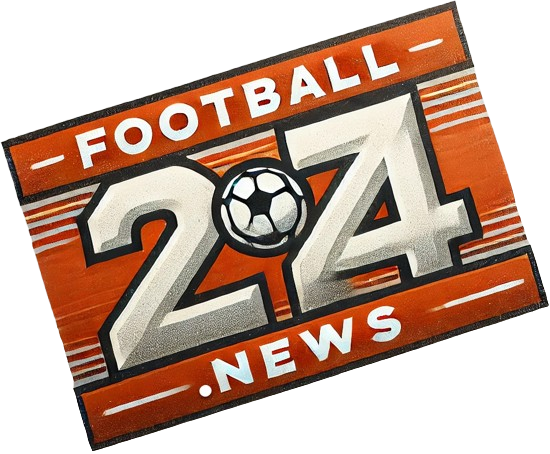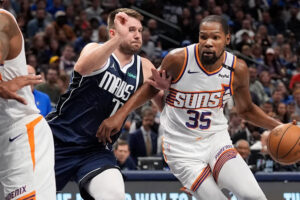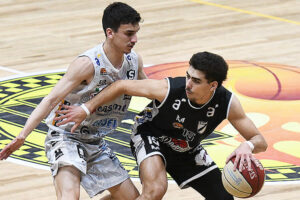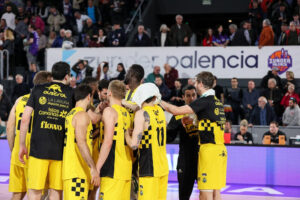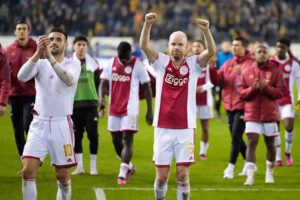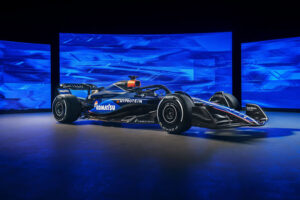If you casually look at the F1 You may ask yourself the same question as many people: Why does the same team almost always win? The answer is simple: money. The highest category of motorsports is a sport in which, almost always, the team with the most budget is the one that takes the victory every weekend.
Sometimes there are flashes like the victory of Sergio “Checo” Pérez, but almost always we see Mercedes-AMG cross the finish line first and, at the bottom of the table, small teams like HAAS or Williams.
This happens because the German team is the one with the highest budget in F1, and an important part of this is the number of sponsors it has. That is why most teams seek the support of a good company that injects money into their developments in exchange for their logo on the car.
However, not all brands that sponsor a team in F1 are what they seem. There are curious stories like the completely false company that bankrupted a team 15 years ago or an old acquaintance who had to disguise his appearance to stay on the tracks.
Here we tell you some of the most interesting cases of fake sponsors in the history of Formula 1.
The Rich Energy lie
Born as a new energy drink to compete against Red Bull, Rich Energy featured a deer antler logo in an abstract way. During the 2019 season, this company became the main sponsor of HAAS F1 Team and the story was beginning to paint well.
However, it was discovered that Rich Energy’s arrival at HAAS was only because previously two other F1 teams rejected the business relationship with that company, these teams were Force India and Williams.
The first of them rejected the union with Rich Energy because the company never showed him a final product. For his part, Williams was nowhere near closing the deal, but Rich Energy representatives did not show up to sign the contract.
Rich Energy CEO William Storley announced within days that they had signed a contract to be HAAS main sponsors.
A few months after the 2019 F1 season began, users on social networks questioned the existence of the energy drink, since no one had seen or consumed a can of this product.
The problem came when someone had access to Rich Energy’s account statements, finding that they only had little more than $ 700 capital. This was made public and on July 10, 2019, Rich Energy tweeted that they would terminate the business relationship with HAAS due to the team’s “poor performance” on the season.
William Storley thought he had gotten away with it, but within days he received a $ 30,000 lawsuit from WHYTE Bikes, a company that makes bicycles, for copying his logo.

The mysterious prince of Nigeria
In 1999, the Arrows team was in a financial slump and they were looking for support from some sponsoring brands to be able to develop a new car and improve their team of mechanics; the solution seemed to come when Prince Malik Ado Ibrahim appeared.
Said billionaire prince offered the team $ 125 million to be his sponsor, but he would give them to him at the end of the season and, in case of a great year, there was the possibility of giving personal bonuses.
The team accepted and shared the main sponsorship with Repsol. The prince’s company name was “T-Minus” and Malik Ado could constantly be seen in the team’s garage, chatting with the drivers and mechanics.
He constantly gave interviews in which he promoted T-Minus, but when asked about the company turn, the prince diverted the subject to avoid answering. This aroused the curiosity of the spectators, who found the truth.
It was supposed to be registered as an energy drink company, but it was discovered that they also had car and motorcycle registrations. The plan was to buy units from other brands, put their own logo on them, and sell them under the T-Minus name.
In these records there were even documents in which they planned to resell Lamborghinis under the brand logo of the Nigerian prince.
Although T-Minus did sell a drink for a short time, they never made a real profit, so at the end of the 1999 season prince malik disappeared and he hid for many years so as not to pay the money he owed to the team.
The team never recovered from this financial blow and in 2002 they filed for bankruptcy.

An old acquaintance with a new look
Ferrari’s current car has a name sponsor Mission Winnow, same that, until recently, it was unknown what was their main turn and why they sponsored one of the most important teams in F1.
However, with a bit of detailed research, Mission Winnow’s origin was traced back to a company called Philp Morris International, who own Marlboro, the large cigar company.
Philip Morris had sponsored teams in F1 with Marlboro for decades, but in 2006 the FIA banned teams from using team logos. cigarette companies, so Ferrari had to find a way to keep one of its main sponsors in his car.
Among the multiple solutions, a “barcode” was presented that was apparently nothing. However, at high speeds it gave the impression of being the marlboro logo, something the FIA immediately banned.
The only solution for Philip Morris was to create a social responsibility company that, curiously, uses a logo with proportions similar to those of Marlboro but arranged differently.
Only in this way has an old man known as Ferrari sponsor despite FIA restrictions.

The new social network
During the 2018 Austrian Grand Prix, a series of advertisements appeared on the track promoting a brand name “eyetime”. This brand had no past records in the country, but the CEO of the company appeared at the GP press conference to clarify the situation.
According to the statements, eyetime was a social messaging network similar to Whatsapp, but there were no registered users or a way to access it as it was still in the testing phase.
However, it was discovered shortly thereafter that it was actually a “Pyramid scheme” with which the CEO made a lot of money. When the government asked about the company’s income, they argued that it was all thanks to the sponsorship of the Grand Prix that year and they fought tax problems.
They are apparently still active and their activities are limited. As if that weren’t enough, the eyetime founder created two other similar companies, Lyoness and MyWorld, which also sponsored a couple of F1 races before being banned.
